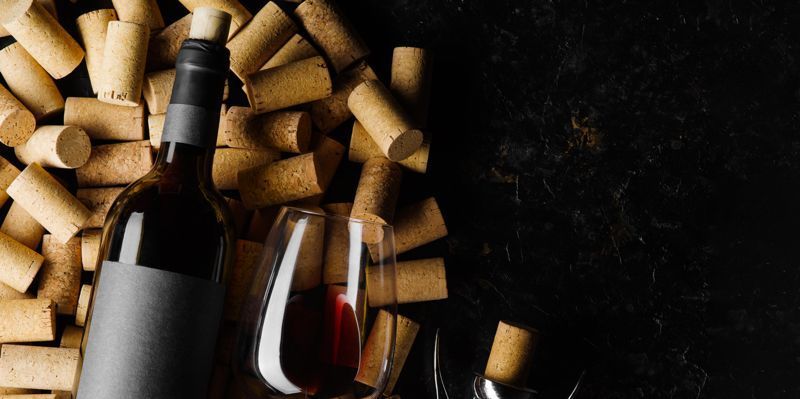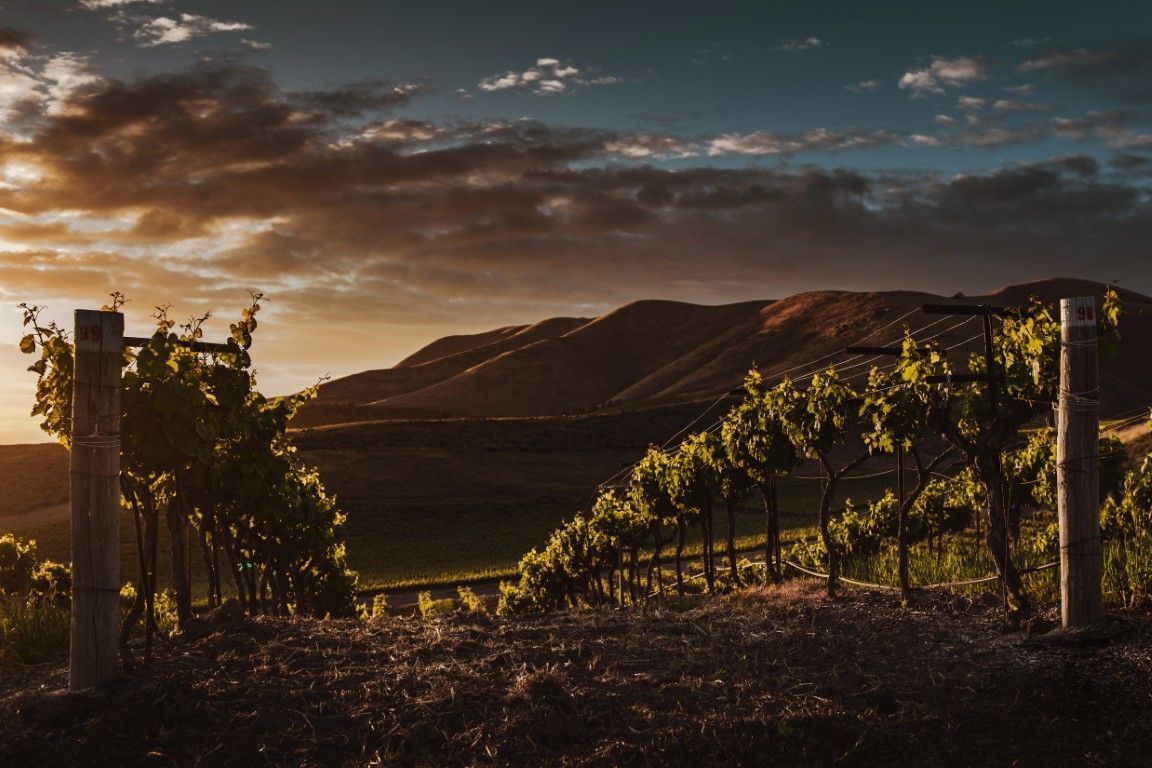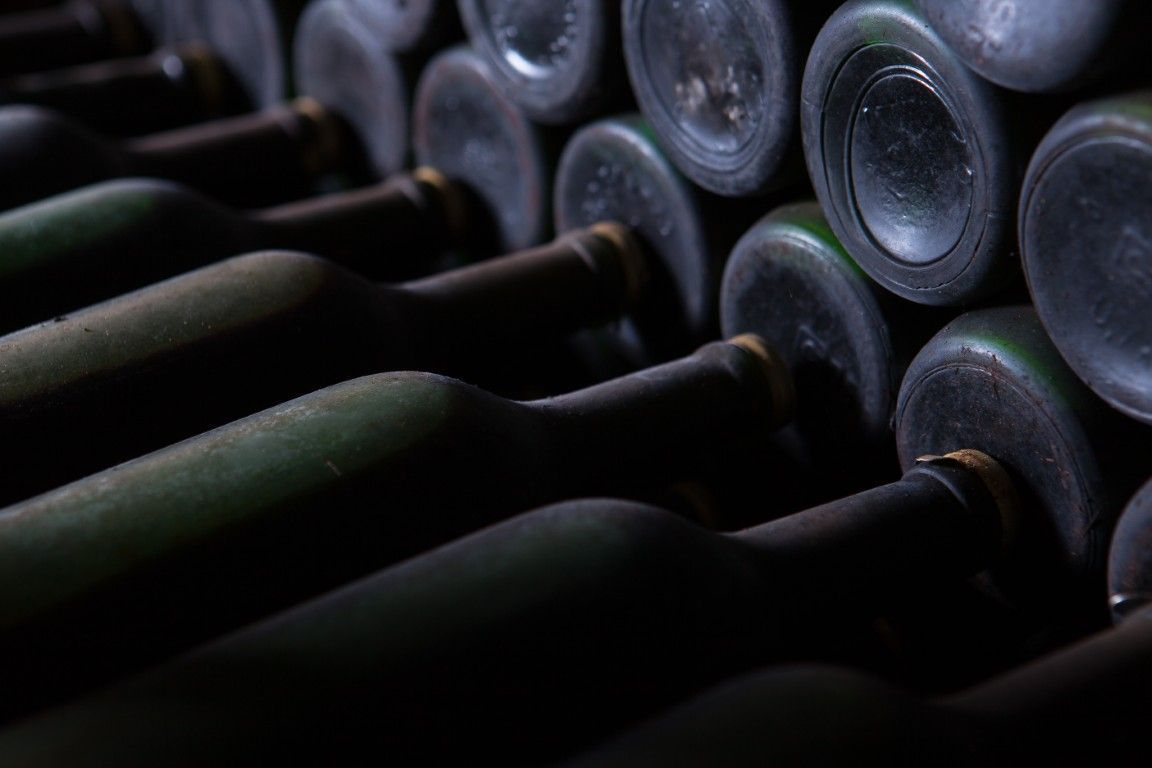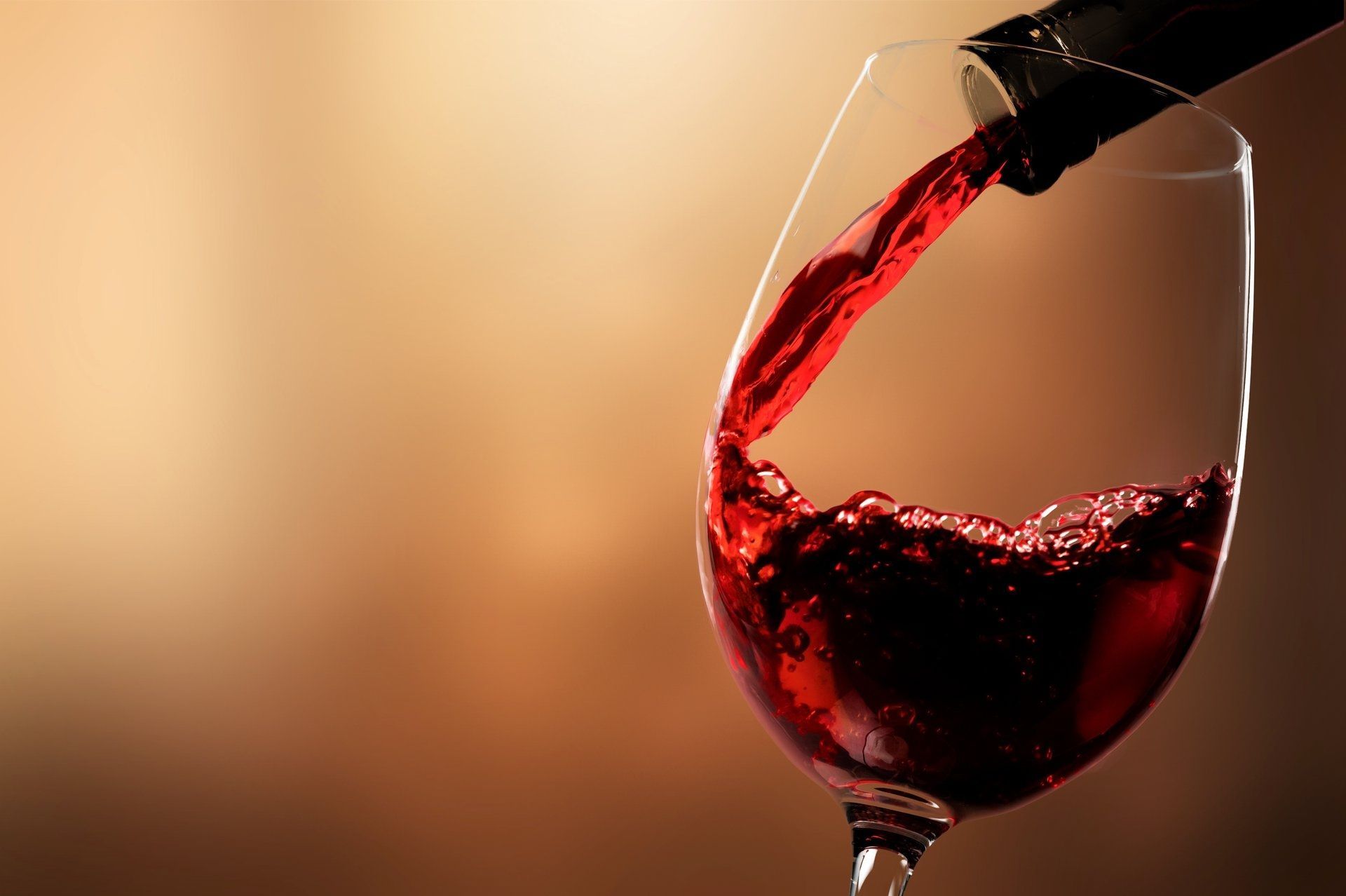This is the definitive guide for those who are unsure about which stoppers to use for sealing wine bottles. Over the last three decades, the variety of stoppers on the market has increased considerably, thanks to the emergence of synthetic materials in the industry as the best alternative to cork.
But for which cases is one type of stopper better than another? We answer this below, after reviewing its history and learning about the types available.
History and evolution of wine stoppers
The first rudimentary wine stoppers date back to the 5th century BC in ancient Greece, where they were used to seal jars.
Pierre Dom Perignon, a 17th-century French Benedictine monk, invented the first natural cork wine bottle stoppers to preserve the gas in the sparkling wine he produced at the Saint-Pierre de Hautvillers Abbey.
The monk was inspired by watching Spanish travelers and pilgrims, who sealed their bags and gourds with cork cylinders, a technique copied from the Iberian farmers living near cork oak forests.
Before Perignon, closures were made of wood soaked in pitch or resin, but the wine often spoiled easily as this was not the most effective system.
For centuries, natural cork has offered an unmatched combination of elasticity, permeability, and porosity, allowing for the micro-oxidation necessary for the aging and development of wine in the bottle.
The use of stoppers made from cork oak bark marked a turning point in wine preservation and, by extension, the entire sector. Although its popularity remains unquestionable, in recent decades, several alternatives have emerged, created to solve some of the well-known problems of traditional cork for producers.
Types of stoppers and their characteristics
The main types of stoppers currently used in wine and sparkling wine bottling are three: cork, synthetic, and screw caps. It is important to know their advantages and disadvantages to better understand their uses and applications in winemaking.
Natural cork stoppers
Natural cork remains the king of stoppers due to its ability to allow micro-oxidation. Its main characteristics are:
- Great elasticity that allows for an optimal seal.
- Controlled porosity that enables micro-oxidation.
- Impermeability to liquids and gases.
- Rich tradition and enological romanticism.
However, it is not without risks, such as contamination by TCA, drying out due to lack of hydration or manufacturing defects, and breaking apart when uncorked.
Synthetic stoppers
Synthetic stoppers are the modern and most popular alternative to natural cork. They are made from high-quality elastomeric polymers, offering excellent performance:
- Completely impermeable and guaranteed to be free of TCA.
- High uniformity between stoppers. They are made in molds.
- Easier to extract and insert, with no risk of breaking into small pieces when pierced by the corkscrew.
- Wide range of colors and customization possibilities.
Their main disadvantage (which can also be an advantage) is that they do not allow micro-oxidation, like cork, so they are not used for aging wines but are ideal for resealing once opened.
Screw caps
Screw caps are another growing alternative due to their total airtightness. Their characteristics are as follows:
- Hermetic seal that preserves the wine.
- Easy to open and close, without the need for tools.
- Allows the wine to be resealed easily after opening.
- Versatile, adaptable to any bottle.
How stoppers affect wine preservation
Given their differences, stoppers will have varying effects on wine preservation.
Influence on aging and quality
The different types of stoppers influence the evolution and quality of wine in the bottle:
- Cork allows the micro-oxidation necessary for aging.
- Synthetics limit oxidation, preserving primary aromas.
- Screw caps prevent oxidation.
Choosing the right stopper should depend on the desired aging potential and maturation of each wine.
Choosing the right stopper for your wine
When selecting a stopper, factors such as the type of wine, its aging potential, and the desired brand image should be considered.
- Young wines: synthetic stopper or screw cap.
- Aging wines: natural cork stopper.
- Wines at risk of oxidation: screw cap.
Each stopper has its advantages for preserving and enhancing wines. The choice ultimately depends on the winemaker and the winery.





